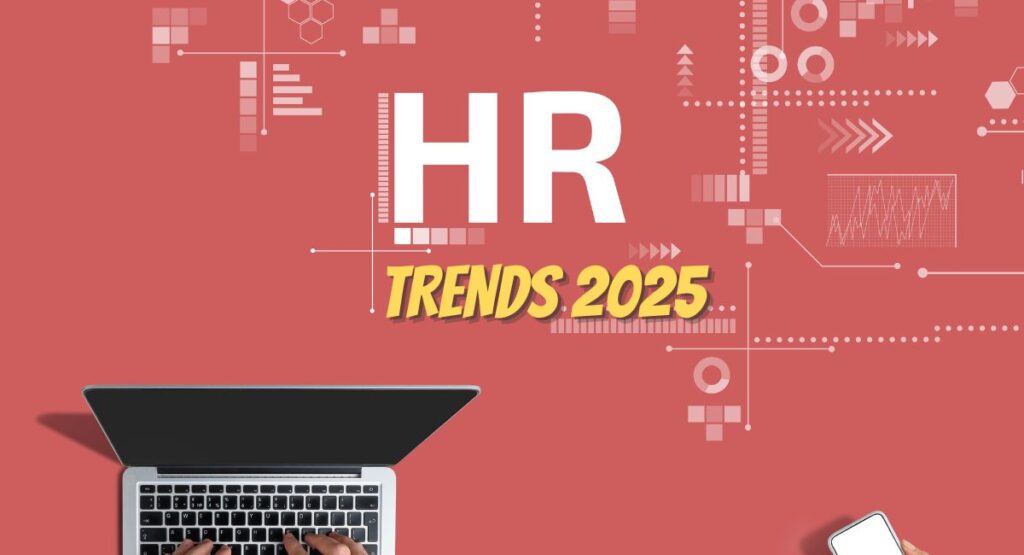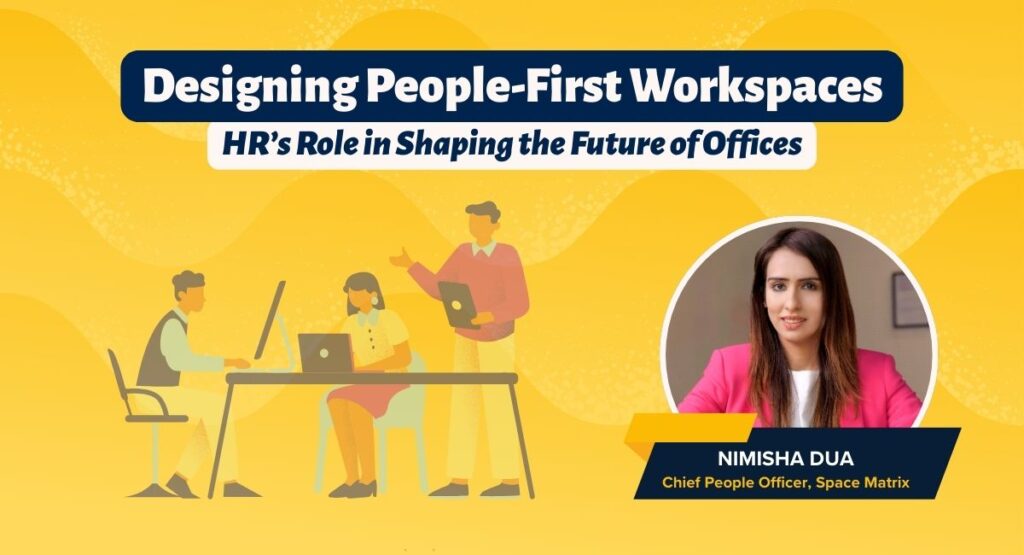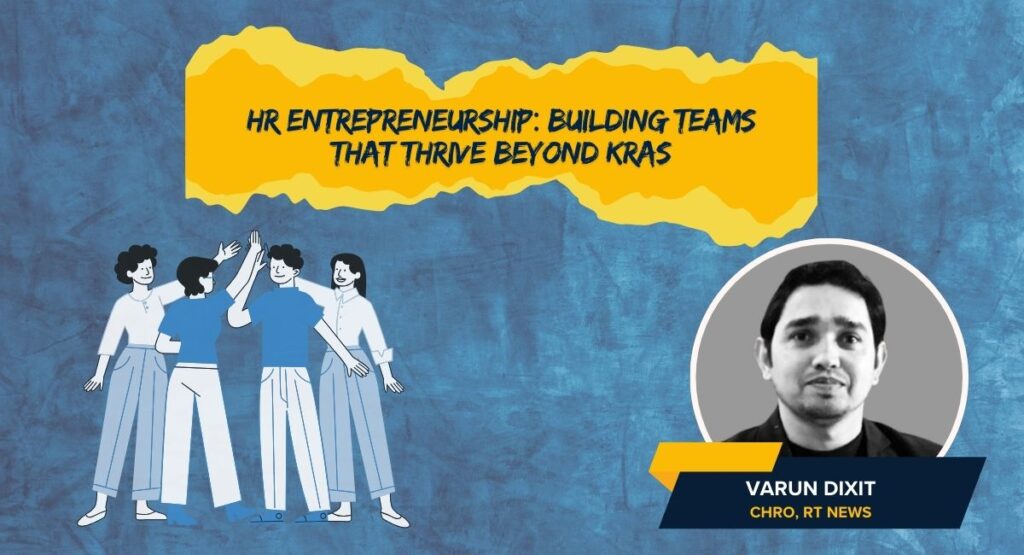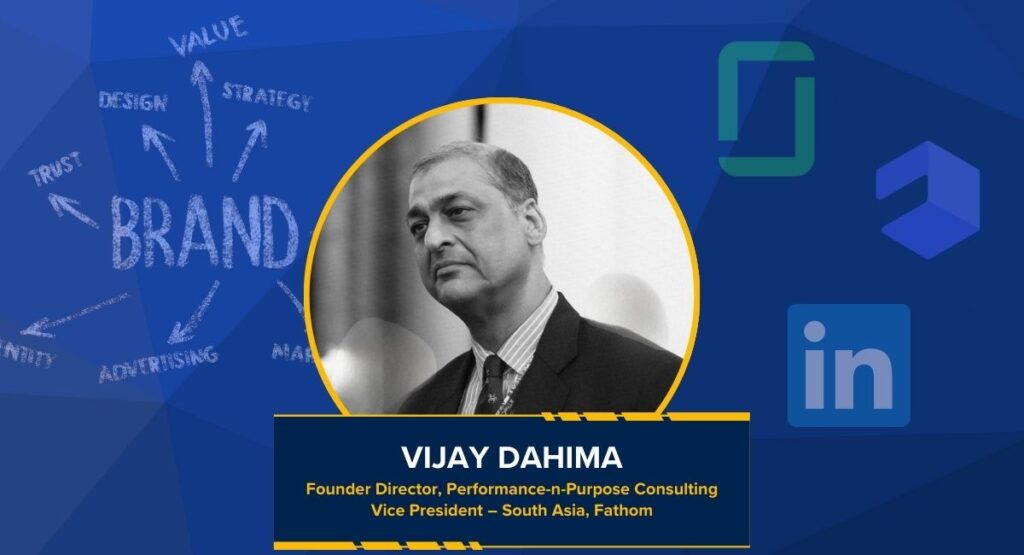Modern workplaces today have started to prioritise both technology and mental health to a much higher degree than ever before.
From advancements in AI to advocacy of a more inclusive workplace, the functions within HR and how they are conducted are evolving by the day.
Today, it is not just about what HR is obligated to do but how it can do it better and more efficiently. These priorities have shaped just what is trending in HR in 2025.
Agile HR
Agile HR is becoming the need of the hour in India, given the rapid changes in technology and the economy. Rather than only following tried-and-tested methods, HR is now adapting to changing workplace demands, employee feedback, and industry trends to meet expectations.
As per A Study on Transforming Corporate Culture through Agile HR Practices, 61.4% of companies in India are aware of Agile HR, with 55.1% having already implemented in their workplace.
Gen Z and Alpha Influence
With more and more members of Gen Z becoming a part of the workplace, their influence is becoming more and more evident in how companies work today. Gen Alpha is not far behind and has become a driving force of change as active members of consumer base and the online population.
Wipro’s Chief Technology Officer (CTO), Sandhya Arun, explained, “Gen Z and Gen Alpha, I think, come looking for a sense of purpose and challenge. Nobody wants to work like my generation did, just to earn an income. They’re upfront about saying, ‘I’m not interested in mundane things; give me something more.’”
Data-Driven Decision Making
Decisions made by HR tend to affect employees across the workplace. As such, it is hardly surprising that the idea of data analysis to make concrete decisions has gained so popularity. Any good idea only gets better when supported by data to highlight what can be expected by its implementation.
As per the India Hiring ROI report, about 75% of recruiters in India are investing about 70% of their budget on AI-driven recruitment tools to utilise data analytics and AI as per evolving business needs.
Rise of Gig Workers
Platforms like Zomato, Zepto, and Ola have tremendously boosted the gig economy. By 2029-2030, India will be home to more than 23.5 million gig workers. Needless to say, the demand for policies and regulations surrounding the gig industry has become a hot topic today.
In a bid to help gig workers in the country, the government of India implemented the Code on Social Security, 2020, in September 2020. The law aims to provide gig workers with extended benefits, including life insurance and disability insurance, health and maternity benefits, provident insurance, pension and skill upgradation.
AI and Automation in HR Operations
By now, it has become industry standard to use HR tech tools to automate the administrative tasks. From AI-based employee chatbots to hyperpersonalized lessons, AI has also kick-started the process of making HR operations much more suited to each individual within the workplace.
“Since a few years, AI has revolutionized recruitment by automating repetitive tasks such as applications acceptance & resume parsing, enabling data-driven decision-making, and has helped improve candidate-job matching through various predictive analytics,” Shashank Vagale, the Product Manager of Multi Recruit and Co-Founder of Insource India, shared with ThePeoplesBoard.
Hyperpersonalized Lessons
AI and data analytics have transformed the approach to learning and development through hyperpersonalized lessons. These lessons are adapted to suit the needs and growth of each individual employee, creating a more engaging and productive process.
A key example of AI’s usage for hyperpersonalized lessons can be seen in Lex by Infosys. The Learning Management System (LMS) uses Lex Digital Assistant to locate course materials, conduct assessments, and answer relevant questions.
Mental Health & Holistic Wellbeing
The stigma around mental health is decreasing by the day in India, with employees openly speaking up about workplace stress and toxic cultures. HR has also stepped up its policies to provide employees with the tools they need to ensure holistic well-being.
In March 2025, Allstate India and Spring Health came together to provide the former’s employees with free therapy sessions and customised care plans, among other offerings.
Workplace Flexibility Beyond WFH
In recent times, the definition of workplace flexibility has evolved way beyond work from home (WFH). Now, it can include the ability to adjust one’s hours and a liberal leave policy. As long as an employee is performing well, the leadership and management are becoming more open to the idea of shedding the traditional norms of the workplace.
MakeMyTrip remains one of the first companies in India to initiate unlimited paid time off (PTO) for its employees. The company’s leadership has remained firm that the policy is not misused by employees and has highlighted their commitment to work.
Diversity, Equity and Inclusion
Diversity, Equity and Inclusion (DEI) has become a priority for most workplaces today. Through new policies, cultural practices, and hiring initiatives, employers are paving the path for India’s underrepresented groups to showcase their potential.
Club Mahindra took a revolutionary step in May 2025 by announcing that it was turning the Acacia Palms resort in Goa into an all-women-run property, highlighting its commitment to workplace representation. Royal Enfield also shared its plan to make its Cheyyar plant an all-woman facility.
CSR Initiatives
Corporate Social Responsibility (CSR) might be a necessity in India, but smaller companies have also started to embrace these initiatives with open arms. Both employees and employers are becoming more and more interested in giving back to society through sustainable methods.
A prime example of this is Consortium Gifts. In January 2025, the employees and management of the company donated clothes, footwear, and blankets to Special Saathi to be distributed to marginalised communities.
Keeping up with Trends
The awareness of the latest trends in HR is key to ensuring that a workplace meets the needs of both the employer and employees. These trends highlight the changing priorities of the involved parties and how HR professionals are keeping up with them.





